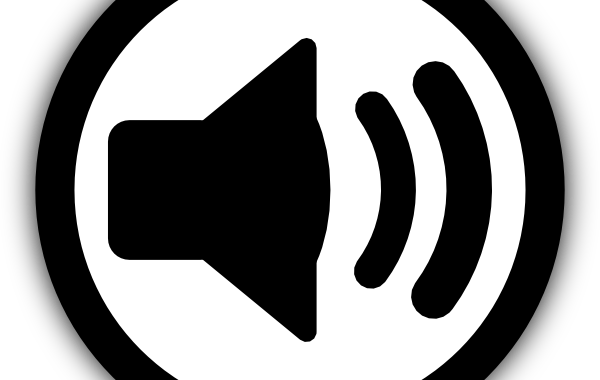What is noise?
Basically noise can be defined as sound we don’t want to hear. It could be the sound of traffic or industry in the area, loud music from a neighbour or just the fan noise from your desktop PC. Noise is therefore sound. The variations in sound pressure are usually measured in dB or dB(A). There are many rules for which limits these values must have for different situations. There are also a number of rules on how to measure to get accurate and comparable results.
Decibel Scale – dB
Decibel scale is logarithmic. This means that the relationship between the numbers on the scale is not linear as we often are used to. 0 dB does not mean 0 pressure; 0-level in dB scale is added to the selected reference in acoustics, a mikroPascal, the weakest sound human ear can perceive. 3 dB is twice as much, while 60 dB is a million times as much. 60dB is still not very powerful sound for the human ear. This is one of the reasons why the dB scale is used to describe sound, since the ear’s dynamic range has a huge span.
A-weighted decibel dB(A)
 dB(A) or A-weighted decibels is another way to adjust how your ear really works. The human ear hears differently at different frequencies. At frequencies around a normal tone of voice we hear very well, while very low and very high frequencies are reduced by the ear. By using a weighting curve for the measurements that match the ear’s frequency response we get values that represent what we actually hear. Other weightings exist that are used for special situations.
dB(A) or A-weighted decibels is another way to adjust how your ear really works. The human ear hears differently at different frequencies. At frequencies around a normal tone of voice we hear very well, while very low and very high frequencies are reduced by the ear. By using a weighting curve for the measurements that match the ear’s frequency response we get values that represent what we actually hear. Other weightings exist that are used for special situations.
Propagation
Reflections – echo
 Sound reflects in walls, ceilings and other surfaces. This means that the shape of the room can have a lot to say on the acoustics. The position of a noise source in the room can also affect the noise level. Different materials also reflect sound differently. By changing the room and the materials used on the walls, the sound can be changed, even if the source is the same.
Sound reflects in walls, ceilings and other surfaces. This means that the shape of the room can have a lot to say on the acoustics. The position of a noise source in the room can also affect the noise level. Different materials also reflect sound differently. By changing the room and the materials used on the walls, the sound can be changed, even if the source is the same.
Structure-borne noise
The sound we hear propagates through the air. The sound propagating from a source through air is called airborne noise. Vibrations from machinery or similar sources can propagate also through pipes, walls and ceilings. This is called structure-borne noise. Structure-borne noise make surfaces to vibrate and emit sound in the same way as a speaker does. Attenuating the propagation of structure-borne noise can also reduce noise.
through air is called airborne noise. Vibrations from machinery or similar sources can propagate also through pipes, walls and ceilings. This is called structure-borne noise. Structure-borne noise make surfaces to vibrate and emit sound in the same way as a speaker does. Attenuating the propagation of structure-borne noise can also reduce noise.
